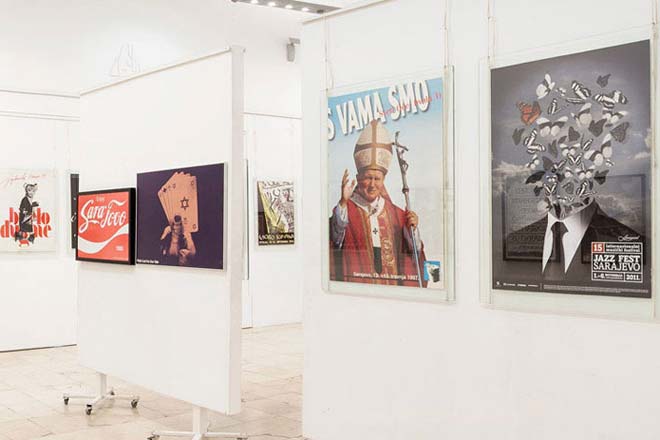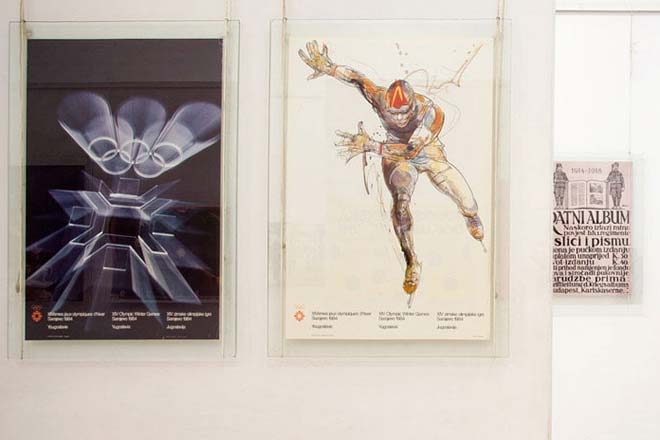Sajdin Osmančević
CAR DESIGNER
July - December 2024
This year marks the 40th anniversary of the establishment of the Product Design Department at the Academy of Fine Arts in Sarajevo. Sajdin Osmancevic is also a student of this department (graduated in 2015) who established himself in the field of car design and has already created a series of successful creations for Prevent, DE automotive (supplier for BMW), and companies Skoda, Ford, Great Wall Motors.
Museum in exile - Bosnia and Herzegovina in the modern era
The beginning of creation of the Museum in Exile collection dates back to 2009. Several friends from Travnik donated to the author of this idea, Professor Asim Đelilović, the first exhibits from their private collections.
The Museum in Exile was first presented to public in April 2015 in Sarajevo. This is when the first Bosnian and English editions of the book titled Museum in Exile - Bosnia and Herzegovina in the Modern Era were published by the Dobra Knjiga Publishing House in Sarajevo. The content of this first edition determined the character and objectives of the Museum in Exile.
The first and most important activity of the Museum is to create a collection of documents, books, publications, artefacts and products. In a relatively short period of time, thanks primarily to Mr Ladislav Slavko Maksimović from Sarajevo, the collection grew to several thousands exhibits. With its content in the broadest sense of the term it documents the cultural scene in Bosnia and Herzegovina in the modern era, with special emphasis on the emergence and development of design in the country.
Cooperation was established with numerous individuals active in the fields of culture and design, both in the country and abroad, while cooperation was also established with domestic and foreign institutions in the domains of culture, foundations and museum that gave an added value to the collection. Another important activity is focused on the promotion and presentation of the collection.
Through all its activities, the Museum in Exile tries to be a platform that provides the most important information about developments in design in Bosnia and Herzegovina. The establishment of the collection, its constant enrichment, public presentations and exhibitions, dissemination of information and periodical publications remain its key objective.




















































































